ISSN ONLINE(2319-8753)PRINT(2347-6710)
ISSN ONLINE(2319-8753)PRINT(2347-6710)
Ms. PRABHA. N1, Mr. ASHWIN.M, M.E (PhD) 2
|
| Related article at Pubmed, Scholar Google |
Visit for more related articles at International Journal of Innovative Research in Science, Engineering and Technology
Wireless sensor networks are used for ambient data collection in diverse environments where Energy consumption becomes a primary concern. Wireless sensor network (WSN) requires robust and energy efficient communication protocols to minimize the energy consumption as much as possible. We propose a polling-based mobile gathering approach and formulate it into an optimization problem, named bounded relay hop mobile data gathering (BRH-MDG).Centralized and Decentralized algorithm for selecting polling points that buffer locally aggregated data and upload the data to the mobile collector when it arrives. We analyze the trade-off between energy saving and data gathering latency in mobile data gathering by exploring a balance between the relay hop count of local data aggregation and the moving tour length of the mobile collector. The proposed approach shortens the data gathering latency compared with the other schemes.
Keywords |
| Bounded Relay Hop Method, Wireless Sensor Networks. |
INTRODUCTION |
| A Wireless Sensor Network (WSN) is a selfconfiguring network of small sensor nodes communicating among themselves using radio signals, and deployed in quantity to sense, monitor and understand the physical world. It consists of spatially distributed autonomous sensors to monitor physical or environmental conditions, such as temperature, sound, vibration, pressure, motion or pollutants and to cooperatively pass their data through the network to a main location. The more modern networks are bidirectional enabling also to control the activity of the sensors. The development of wireless sensor networks was motivated by military applications such as battlefield surveillance; today such networks are used in many industrial and consumer applications, such as industrial process monitoring and control, machine health monitoring and so on. Multiple sensors (often hundreds or thousands) form a network to cooperatively monitor large or complex physical environments. |
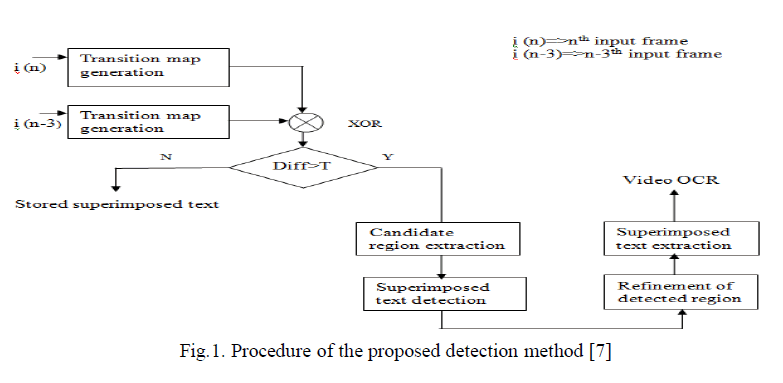 |
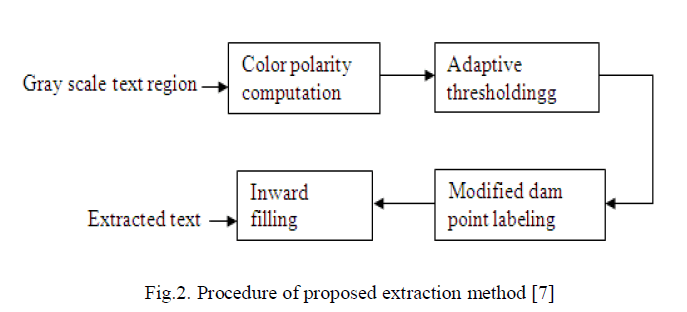 |
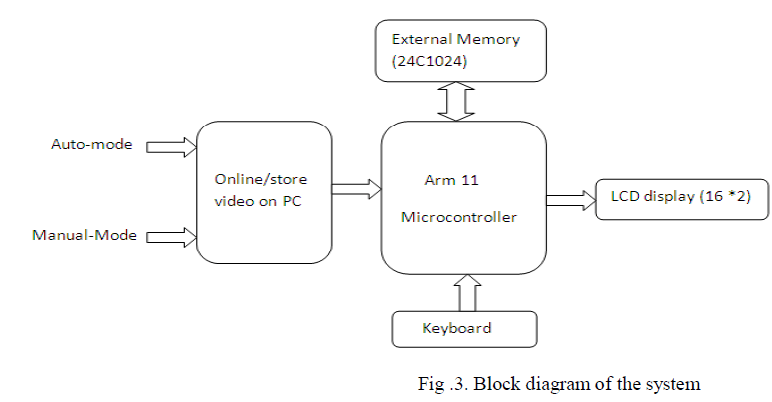 |
| Assume that the sensors located such that they are unreachable from each other via wireless transmissions, which can be achieved by reducing the transmission range below a certain level. This reduction is straightforward and can certainly be done in polynomial time. It is infeasible for the data packets of a sensor to be relayed by others. The mobile collector has to visit each sensor to gather data packets, which implies that all the sensors and the data sink are the PPs. Due to the NP hardness of the BRH-MDG problem, the centralized heuristic algorithm is developed. To find the optimal PP locations among sensors, relay routing paths and the tour of the mobile collector should be jointly considered. |
SHORTEST PATH TREE BASED DATA GATHERING ALGORITHM (SPT-DGA) |
| When a mobile collector is available, the data gathering tour can be effectively shortened in two ways: First, the sensors selected as the PPs are compactly distributed and close to the data sink. Second, the number of the PPs is the smallest under the constraint of the relay hop bound. The proposed algorithm named as shortest path tree based data gathering algorithm (SPTDGA) based on the above observations. The basic idea of the above algorithm is to iteratively find a PP among the sensor to the root that can connect the remote sensors on the tree. |
 |
| There are 25 sensors are scattered over a field with the static data sink located in the centre of the area, and d is set to 2, which means that it is required for each sensor to forward its data to the affiliated PP within two hops. The constructed SPT among the sensors rooted at |
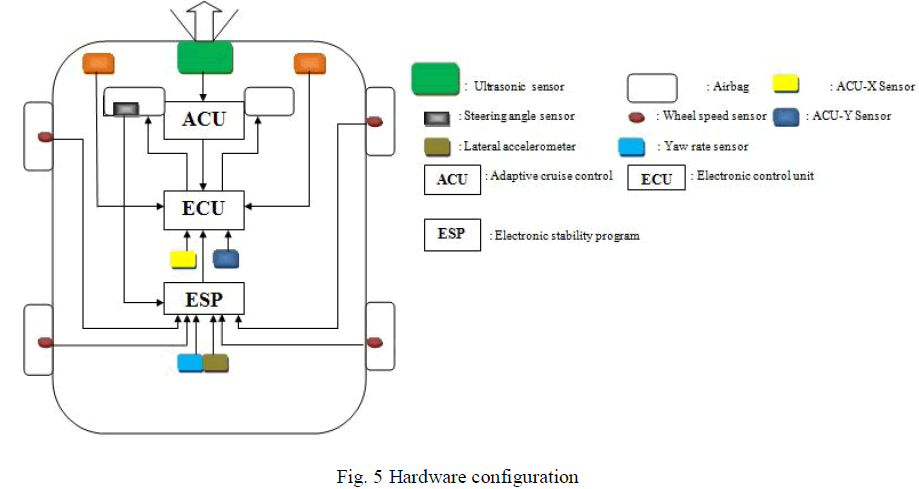 |
| sensor 3s one-hop parent, i.e., w=25. Sensor 25 and all its child vertices on current T' can reach sensor 3 within two hops along the edges on T'. Therefore, the subtree rooted at sensor 25 will be pruned from T'. All the sensors on the subtree, including sensors 25, 12 and 3, will also be affiliated with sensor 3. The above figure indicates that a total of six sensors will be covered by sensor 3, which are found in iterations one and three, respectively. In this way, T' is decomposed into a set of subtree, each of which contains a selected PP and its affiliated sensors. |
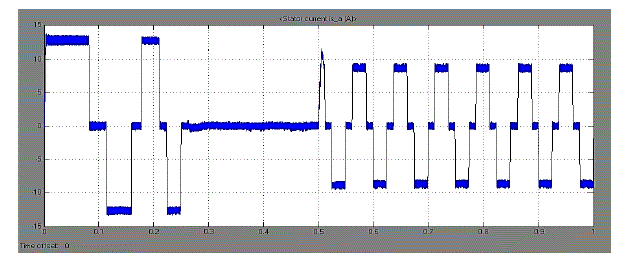 |
| distributed manner. The primary parameter is the number of d-hop neighbors, which are the sensors in its d-hop range. The secondary parameter is the minimum hop count to the data sink. The basic idea of PB-PSA is that each sensor uses the primary parameter to select an initial set of sensors as its preferred PPs, and then uses the secondary parameter to “break ties”. A tie in this context means that the preferred PPs of a sensor have the same number of d-hop neighbors. |
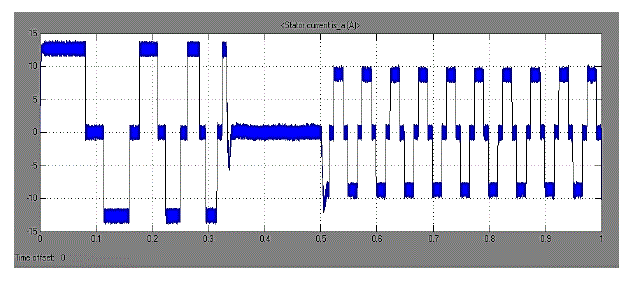 |
| During the delay period, all other sensors can receive some declaration messages. Thus, there will be no other PPs. In the next step, each sensor with “Tentative” status will choose to be affiliated with a PP among those it has heard from, which will not necessarily be constrained to the current TENTA-PP of the sensor. The final PPs, the sensors affiliation pattern and the data gathering tour are depicted in the above figure. |
CONCLUSION |
| The data gathering scheme proposed in the paper minimizes delay in wireless sensor network by reducing the relay hop count of sensors for local data aggregation and the tour length of the mobile collector. We have also proposed a polling-based scheme and formulated it into the BRH-MDG problem. Extensive simulations have been carried out using two efficient algorithms (centralized and decentralized) to validate the efficiency of the scheme |
References |
|